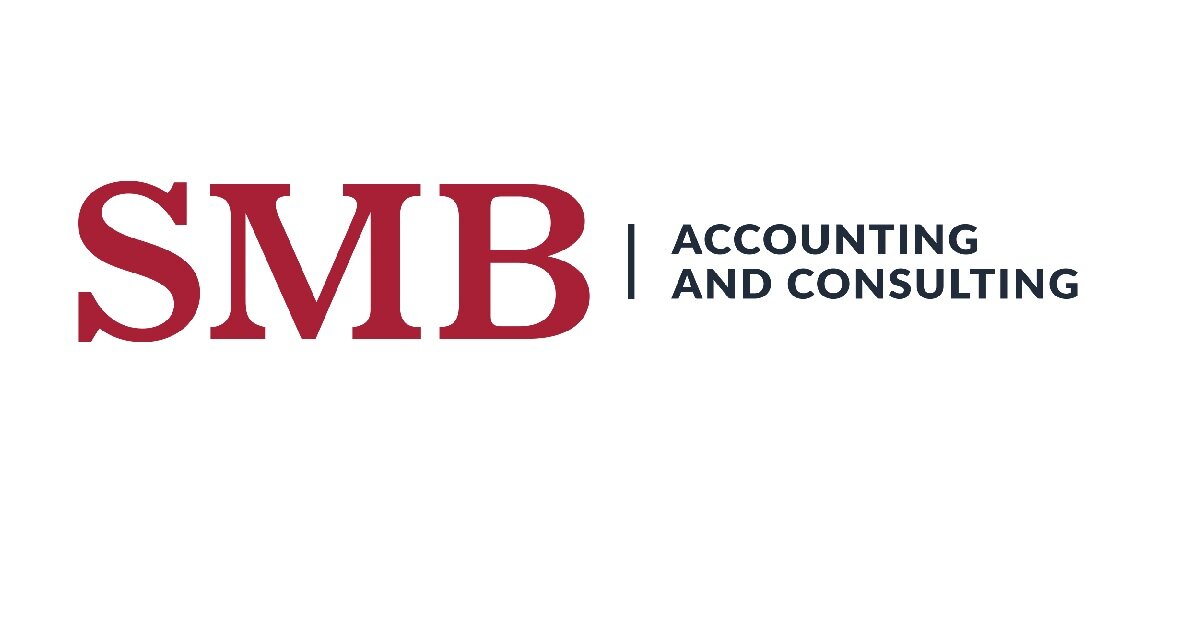Income but no cash?!
Income but no cash?!
How does that happen?? How could a business be making money according to their profit and loss but have no money… or even worse, negative cashflow? This answer can vary depending on whether the company’s books are kept on a cash basis or accrual basis, but the general premise is the same. A company pays cash for things that don’t show up on the profit and loss. These items include such things as loan payments, owner distributions, large asset purchases, inventory purchases, and investments. This is why all 3 financial statements (balance sheet, profit and loss or income statement, and cashflow statement) are imperative to review and understand.
For cash basis financials, the difference in net income and cashflow will be less. Cash basis accounting is generally the recording of cash coming in and out of the bank. However, there are still items that are not considered operating cashflow and aren’t included in a company’s net income. The most common items found on business balance sheets that affect the cash are loans and distributions. You can also see timing variances with credit card payments. Expenses for items purchased on credit cards get recorded right away, but no cash has been spent. Cash won’t leave the bank until the credit card bill is paid. This can create an opposite affect where cash looks higher than it actually is.
For accrual basis financials there are many more cashflow issues that can make it difficult to determine how much cash is available without reviewing and understanding the cashflow statement. Accrual basis balance sheets hold items that have been accrued but not yet recognized on the profit and loss. For example, accounts receivable on the balance sheet represents expected income that hasn’t been received yet. Even though the cash or payments haven’t been received, the revenue shows on the profit and loss statement. When looking only at the net income from the profit and loss, all that funding seems available even though it hasn’t been received yet.
The balance sheet is a cumulative statement of equity of the company from the time the company began. It also shows the current assets and liabilities of the company which do not show up on the profit and loss statement. The profit and loss, or income statement, is what most business owners are familiar with. It shows the current income and expenses for a defined period. A cashflow statement is the least utilized statement. Many small businesses have never reviewed a cashflow statement. This shows the change in cash for a defined period. It takes all sources of cash or expenses into consideration to give an accurate status of cash available to the business. While the least utilized, it is extremely important.
Many small business owners look at net income as the primary measure of their business. While it is extremely important, it does not correlate directly to cashflow, assets, liabilities, or equity of the company. Cash needs to be reviewed much more carefully to ensure that the business will not only have a positive net income, but also a positive cashflow to cover any expense or outflows not reported as part of the net income.

